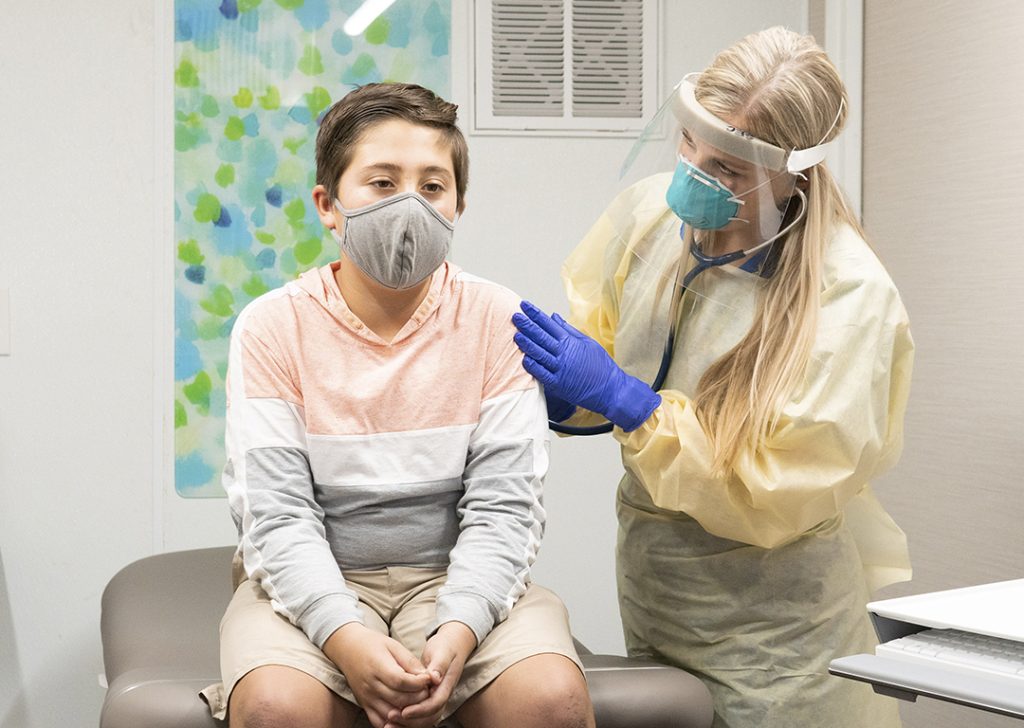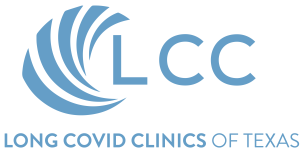Are you aware of the six fundamental types of physical therapy in covid-19? Several subfields of physical therapy have grown to provide tailored care for specific diseases and injuries. Individuals with injuries or diseases today have access to a vast array of treatment options that can aid in their recovery and return to normal physical functioning.
Physical therapy is the medical specialty concerned with restoring optimal bodily function via therapeutic movements, tools, and techniques. The benefits of physical therapy in covid include injury recovery, injury prevention, condition management, and overall health improvement.
Physical therapists may treat several diseases, and while they may begin their careers as generalists, they may later decide to specialize in a particular field. Physical therapists have the option of specializing in one of seven basic subspecialties. They can handle a wide array of illnesses, ranging from those requiring pain management to those with circulation problems. Now, let’s discuss what distinguishes one physiotherapist from another.
Here are the 6 common Types of physical Therapy in Covid-19
- Physical Rehabilitation of the Nervous System
Spinal cord injuries, strokes, multiple sclerosis, amyotrophic lateral sclerosis, Parkinson’s disease, and dementia affect the nervous system. Although total recovery from most neurological illnesses is uncommon, physical therapy can significantly enhance individuals’ quality of life.
Simple therapeutic exercises can decrease the side effects of neurological disorders on muscles and movement. Physical therapy for the neurological system is often less demanding than other physical therapy subtypes.
It emphasizes milder and shorter physical exercises to alleviate the symptoms of neurodegenerative illnesses. Neurological PT often substantially increases patients’ ability to operate independently, depending on the severity of their impairments.
- Physical and Occupational Origin Therapies
It involves physical therapy for jobs requiring manual labor. This medication is routinely administered to patients who have had non-accidental workplace injuries.
The primary focus of occupational therapists is on lifting techniques for manual laborers. This physical treatment for long covid style emphasizes knee-to-back lifting. Occupational therapy can also assist you in achieving the correct posture when performing manual chores.
The therapy also aims to increase the patient’s general physical fitness by strengthening the patient’s core and upper body. It is because most of your physical activity, including manual labor, occurs in these regions.
Occupational therapy may target only a limited portion of the body. The patient’s physical condition is restored to full health before occupational and physical therapy may be helpful.
- Orthopedic Manual Treatment for Seniors
Our muscles and bones can sustain significant damage as we age. We may suffer more difficulties as our muscles lose their ability to adjust as well as they once did.
The objective of physical therapy for the elderly is to maximize their current muscle strength while minimizing the danger of subsequent harm. The purpose is to assist the elderly in overcoming their mobility limitations and the pain associated with particular movements. Elderly patients also engage in light exercises to maintain their physical condition as part of this therapy.
- Pediatric physical therapy
This physical therapy benefits children and newborns as it maximizes growth, reduces deficits and increases muscular and skeletal strength by this age group’s specific requirements.
Contrary to popular opinion, children of any age can benefit from physical therapy. Preteens and adolescents with motor impairments hamper their performance in academic and extracurricular activities.
Physical therapy for children can assist with these issues if detected early. Children suffer from many problems in the future if they avoid physical therapies.

- Physical Therapy for Rehabilitation
Living is like walking a tightrope. If you become dizzy, you risk falling off. This medical specialty focuses on inner ear diseases and common causes of vertigo. Benign paroxysmal positional vertigo (BPPV) is the most common among vertigo types.
Strengthening and balance exercises are essential components of therapy. However, the majority of physical rehabilitation is performed at home.
Treatments are terminated once the patients regain full mobility in the affected area. The rehabilitation concludes when the patients take care of themselves. After suffering an injury, athletes and bodybuilders regularly utilize this physical rehabilitation technique.
They feel better as soon as they receive therapeutic assistance. The treatment strategy emphasizes mild daily exercise to help the patient regain strength and reduce pain.
- Hand Rehabilitation Exercises
It is probable that “hand physical therapy” is a misspelling. It is because the entire upper arm, not just the hand, is emphasized. This type of physical therapy is for those with arm injuries or arthritis. Simple hand exercises can help regain complete hand mobility.
Wrapping Up!
Physical therapy is provided by major research and rehabilitation centers, hospitals, geriatricians, and clinics, among others. A small but growing number of independent physiotherapists work in various contexts, including sports facilities and clubs, fitness centers, associations, businesses, enterprises, home healthcare, and private practices.
Independent therapists are a choice. When a team of physiotherapy specialists comprehensively understands a patient’s unique challenges, they may build a personalized treatment plan for their specific needs. The goal is to maximize the patient’s comfort while simultaneously getting the required results as rapidly as possible.
Before commencing any therapy, it is vital to consult a physician if you have been injured or are experiencing pain. LongcovidClinics goes above and beyond to guarantee your recovery as soon as possible.
A monthly or daily appointment with the physiotherapist need not be a painful or unpleasant experience. Please present yourself so we can begin your treatment.







